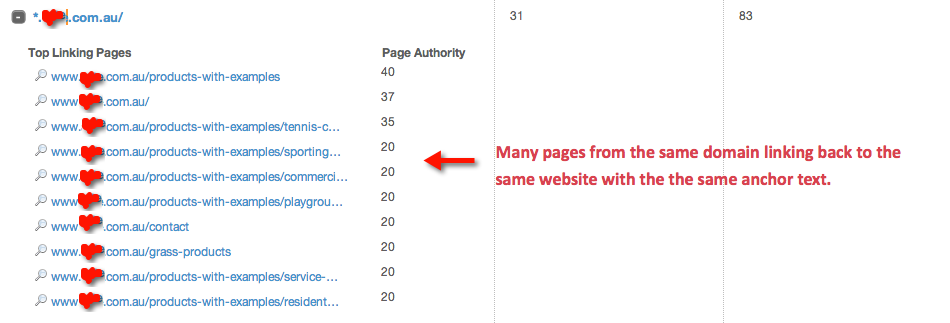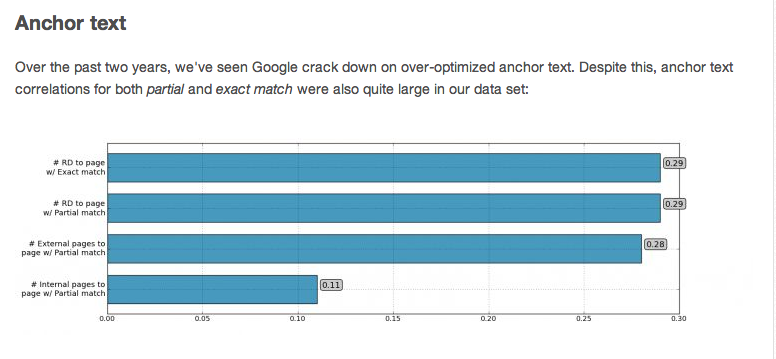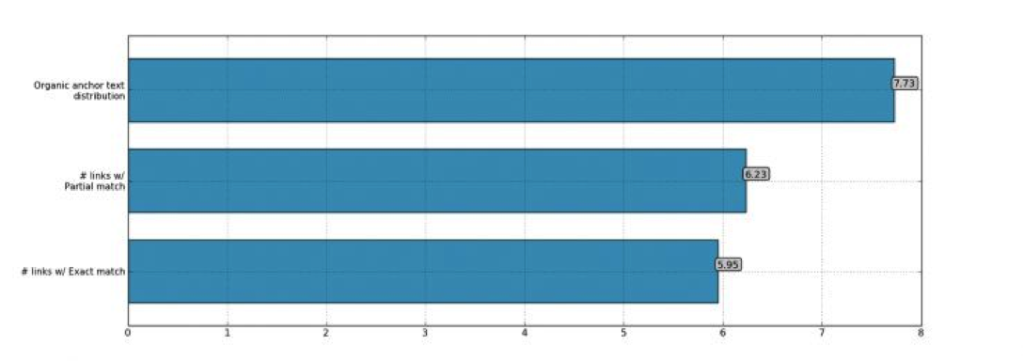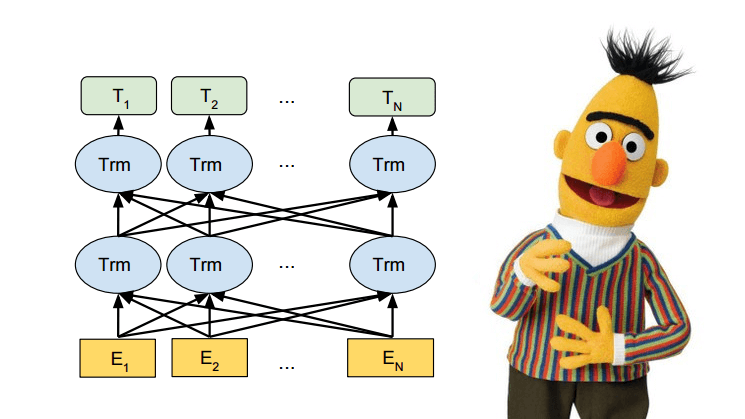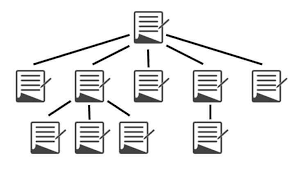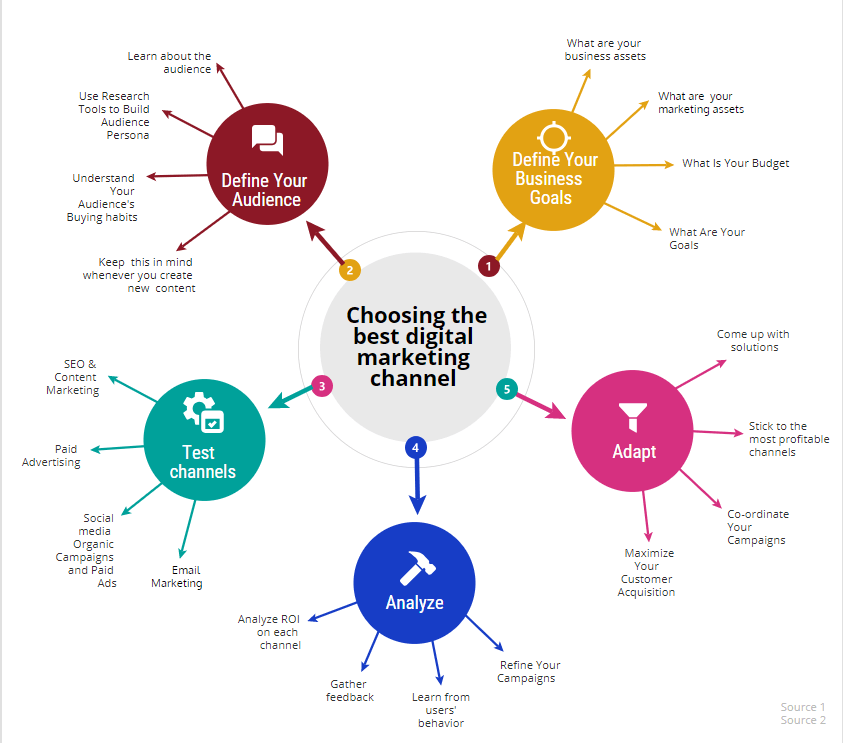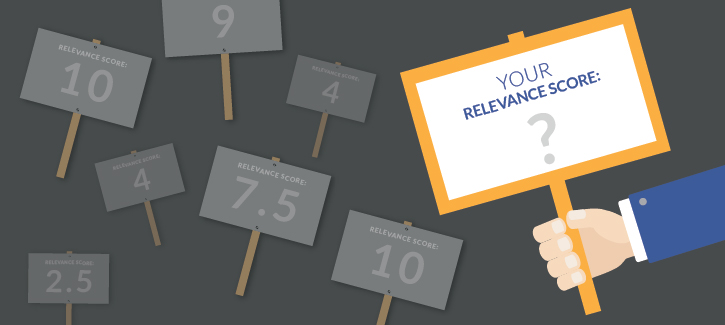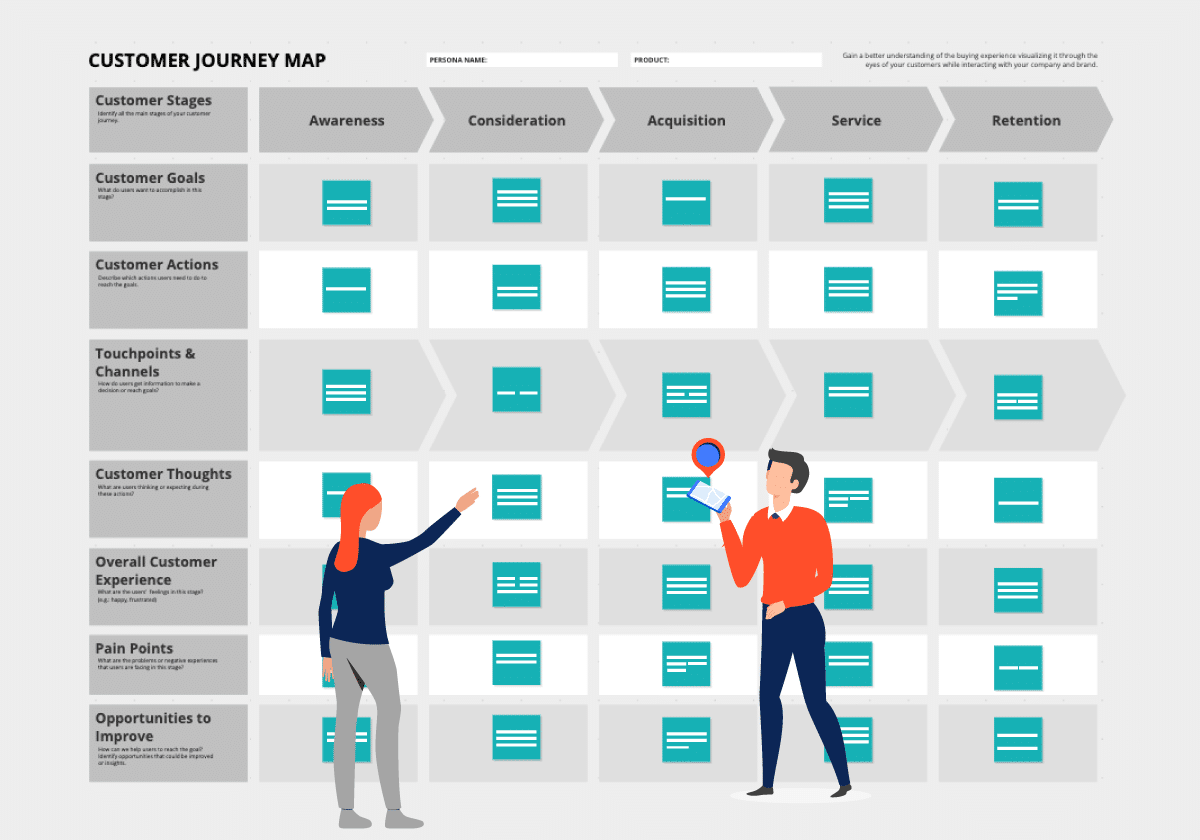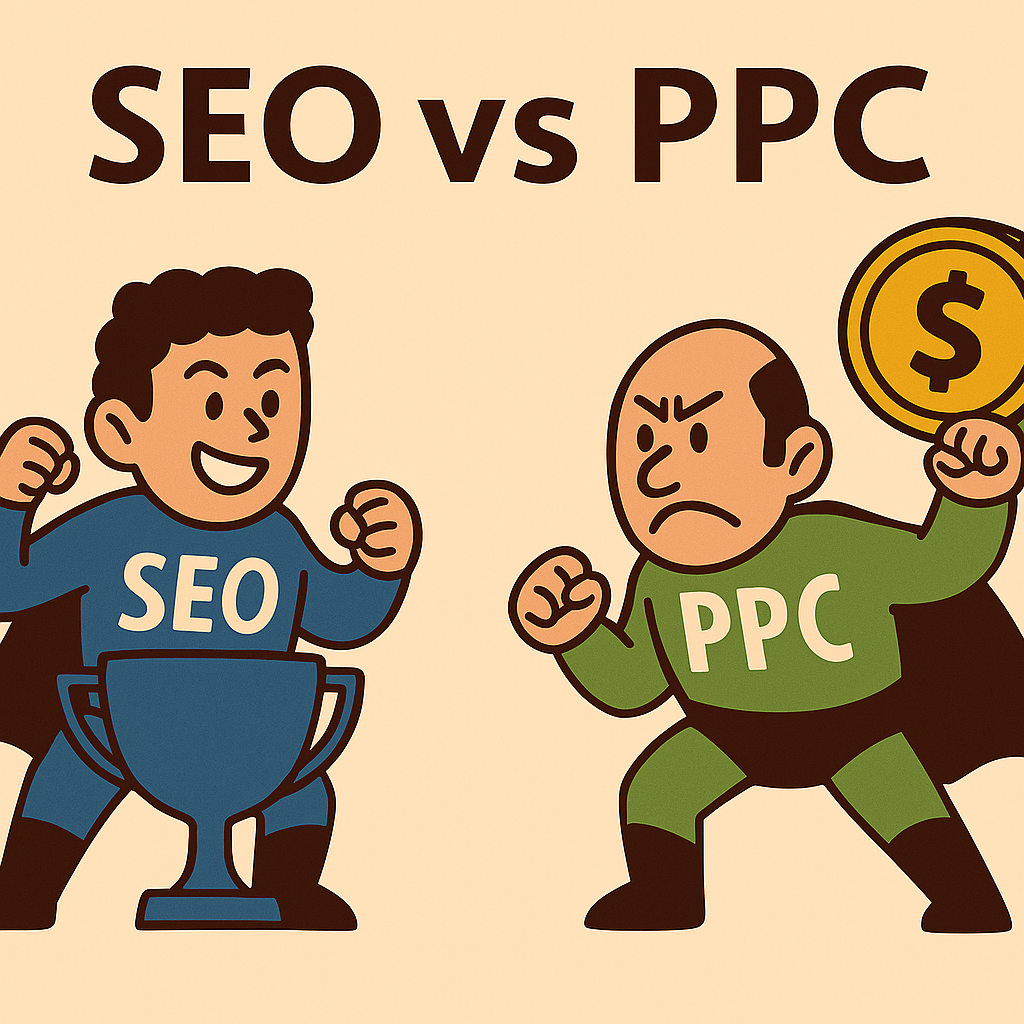
Analysing Your Competitors’ Backlinks – A Case Study
Last week, I returned to SEO basics by analysing my competitors’ backlink profiles. Despite its importance, this task is often neglected by many SEOs these days. One of our niche’s most critical key phrases is “SEO company Sydney” due to its local relevance and role in the buying cycle’s prospecting or researching phase. It also […]
Last week, I returned to SEO basics by analysing my competitors’ backlink profiles. Despite its importance, this task is often neglected by many SEOs these days. One of our niche’s most critical key phrases is “SEO company Sydney” due to its local relevance and role in the buying cycle’s prospecting or researching phase. It also attracts a substantial number of searches each month.
My plan was straightforward: I searched and analysed the top-ranking results of a company that had held the first position for this key phrase for at least a year. They must be doing something exceptionally well.
Table of Contents
Step 1: Analysing Basic Stats
I started by examining the classic stats. Domain Authority (DA) and Page Authority (PA) usually correlate with good rankings. In this case, the company’s homepage had a Page Authority of 47/100, which is quite decent, though their Domain Authority was relatively low. Next, I checked their Google PageRank and found it was a PageRank 3. These are promising results but far from spectacular.
I was surprised that the website, which dominates the number 1 ranking for such a competitive keyword, had these rather ordinary stats.
Step 2: Investigating Backlinks
I then dug into their backlinks to see which sites were linking to my competitor’s website using the keyword “SEO company Sydney.” I found something exciting and obvious: my competitor also develops similar websites. This allows them to request footer links from their clients, a common practice in the early days of SEO. I also checked for domains pointing to the competitor’s site using the key phrase. The first domain had a Domain Authority 40, which is not bad for a backlink. I found at least 20 domains with the exact keyphrase linking to my competitor’s website.
At this point, I wasn’t too surprised. However, my perspective changed when I discovered that most of the backlinks came from site-wide footer links from unrelated third-party websites. SEO experts have criticised this practice, especially after Google’s Penguin algorithm update. Dr Pete, an expert I respect, recommended avoiding such practices post-Penguin.
A few weeks ago, I read another insightful MOZ post (I’m not promoting MOZ; they publish excellent articles). They explained the correlation of various SEO statistics. With one of the most extensive link indexes besides Google and Bing, Moz can check the correlation in rankings of different SEO variables, like meta titles, keywords in H1 tags, and organic anchor text distribution.
Step 3: Analysing Anchor Text
The Mozcape stats revealed that the number of exact match domain anchor texts is the most crucial variable in the anchor text world. In contrast, SEO professionals believe that organic anchor text distribution is more critical post-Penguin. My research shows that SEOs sometimes speculate too much or that Google might not classify backlinks based on editorial qualities, as we often read.
Conclusion: Traditional vs. Modern SEO Practices
Now, I face a dilemma. Should I revert to these old practices to achieve my goals faster, or should I trust my instincts (which tell me site-wide footer links will be penalised by search engines)? I think I’ll experiment with my competitor’s methods and report back with my results in a future post.
Source: gemmaiobrien.wordpress.com




